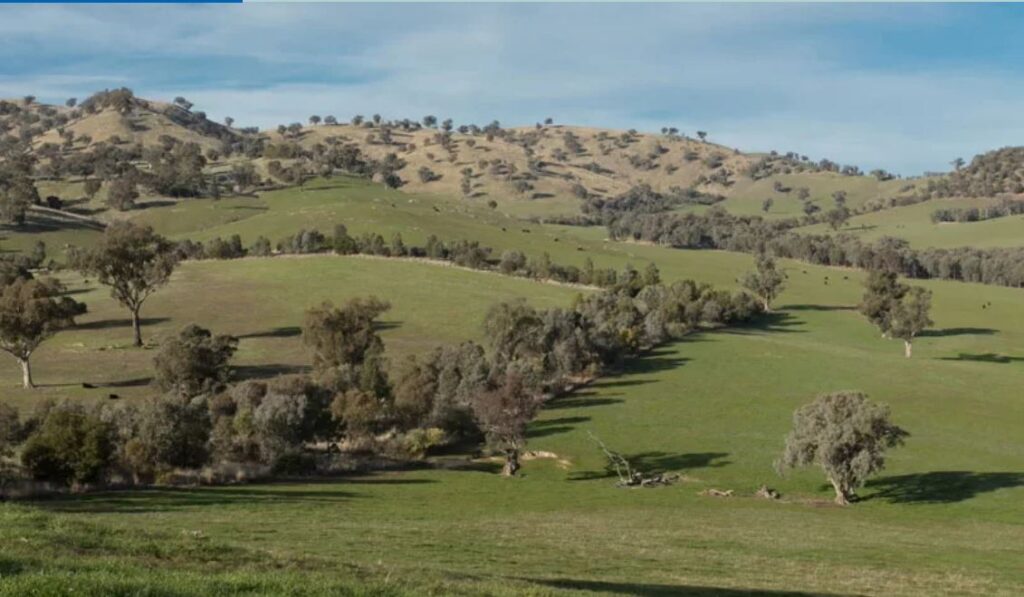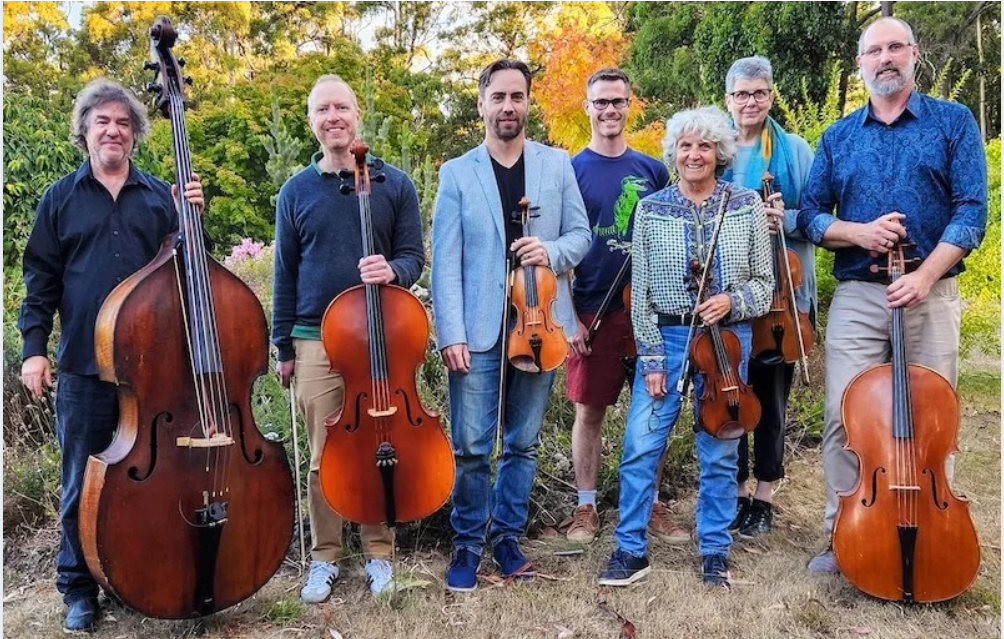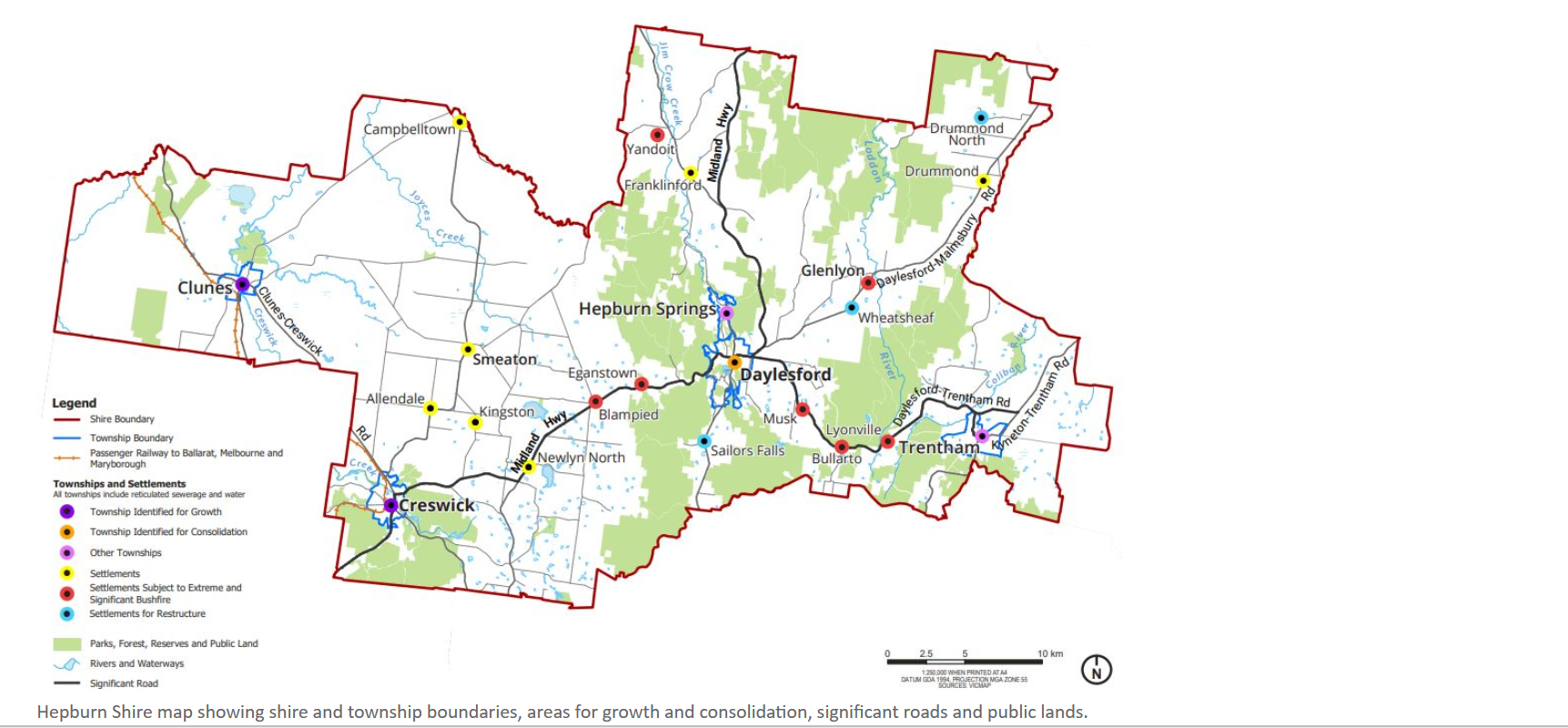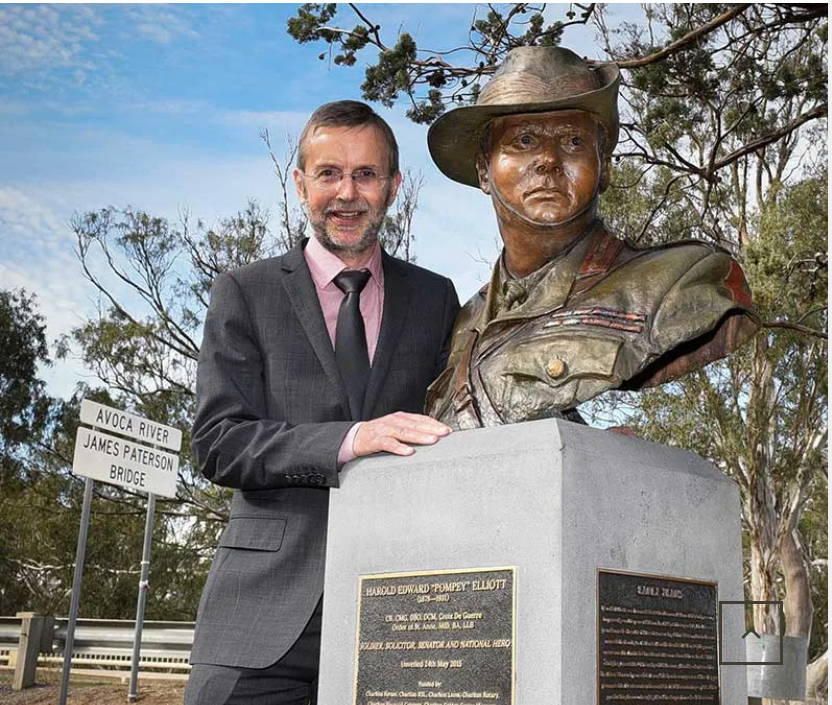February 27th, 2024Warning to prevent heat stress in livestock
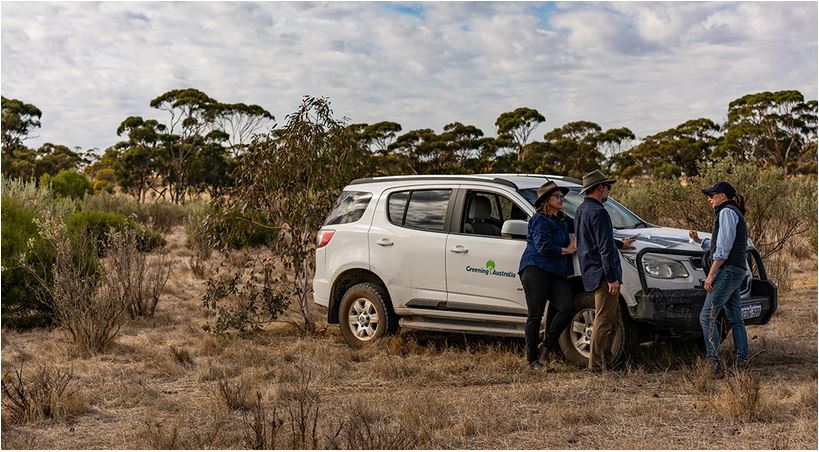
Agriculture Victoria is urging livestock owners to ensure all animals in their care are adequately protected from harsh weather conditions, including extreme heat.
Providing access to shelter can improve animal welfare by reducing the risk of heat stress and production losses as the animal doesn’t have to actively use energy to lower its body temperature.
Agriculture Victoria Animal Health Officer Flick Searle said behavioural signs of heat stress in livestock can include increased respiration rate, panting, increased salivation, listlessness, and lethargy.
“Heat stress can be treated by moving affected livestock into shade and providing clean, cool water. If after a period of time, after providing this treatment the animal doesn’t improve contact a veterinarian immediately or humanely euthanise the animal,” Ms Searle said.
“In high temperatures, the accessible shelter needs to give protection from the sun, reducing solar radiation and also allow air movement.
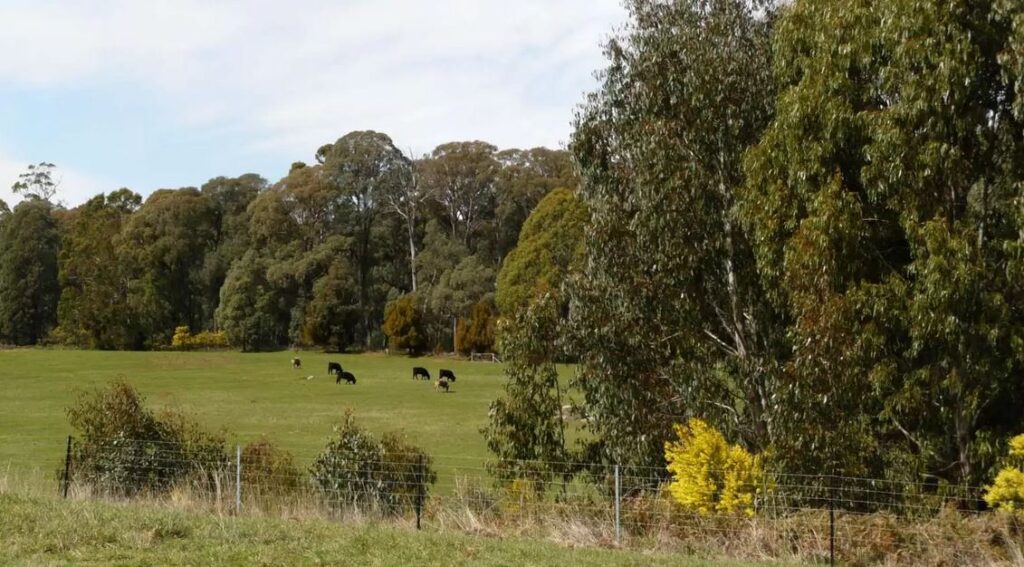
“Good examples include trees with large canopies, shade cloth structures and sheds with open sides,” she said.
“Farmers need to keep in mind that some livestock have a higher need for shelter, such as very young, old or sick livestock as their ability to regulate their temperature is reduced. Therefore it’s your responsibility to provide care accordingly.”
Ms Searle said when temperatures are high livestock can tend to crowd shelter areas so it’s vital to have sufficient shelter for all livestock present.
“If the shelter is overcrowded, it can have the opposite effect and lead to livestock bunching up and transferring more heat to one another or even result in smothering.
“The most important things you can do for your animals in hot weather is to provide them with shade, water and rest during the hottest parts of the day.”
